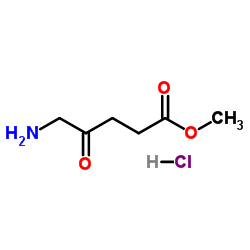Photodynamic therapy: current evidence and applications in dermatology.
Yoojin Lee, Elma D Baron
文献索引:Semin. Cutan. Med. Surg. 30 , 199-209, (2011)
全文:HTML全文
摘要
Photodynamic therapy (PDT) involves the activation of a photosensitizing drug, which preferentially localizes to diseased skin, by irradiation with light to cause selective cytotoxic damage. Since its discovery in the early 20th century and the development of topical photosensitizers 2 decades ago, PDT is increasingly being used in dermatology for a wide range of neoplastic, inflammatory, and infectious cutaneous conditions. Topical 5-aminolevulinic acid and methyl aminolevulinic acid, the most commonly used agents in PDT, have received Food and Drug Administration approval for the treatment of actinic keratoses, and many second-generation photosensitizers are under investigation. Compared with conventional therapies, PDT has the advantage of being noninvasive and capable of field treatment. It is also associated with quicker recovery periods and excellent cosmetic results. Because of these benefits, PDT is being evaluated as a potential treatment option for many dermatologic conditions and has been shown to be effective for certain nonmelanoma skin cancers. Although research is still limited, PDT might also have a therapeutic benefit for cutaneous T-cell lymphoma, acne, psoriasis, leishmaniasis, and warts, among others. This article is a review of the clinical applications of PDT in dermatology and summarizes the current evidence in literature describing its efficacy, safety, and cosmetic outcome.Published by Elsevier Inc.
相关化合物
| 结构式 | 名称/CAS号 | 分子式 | 全部文献 |
|---|---|---|---|
 |
5-氨基酮戊酸甲酯盐酸盐
CAS:79416-27-6 |
C6H12ClNO3 |
|
Multidimensional visualization of healthy and sensitized rab...
2015-05-01 [J. Biomed. Opt. 20 , 051035, (2015)] |
|
Photodynamic therapy for acne vulgaris: a critical review fr...
[J. Am. Acad. Dermatol. 63 , 193-194, (2010)] |
|
Photodynamic therapy for a hypertrophic scarring: a promisin...
2011-12-01 [Photodermatol. Photoimmunol. Photomed. 27 , 334-335, (2011)] |
|
Successful treatment of refractory facial acne using repeat ...
2011-01-01 [Photodiagnosis Photodyn. Ther. 8 , 343-346, (2011)] |